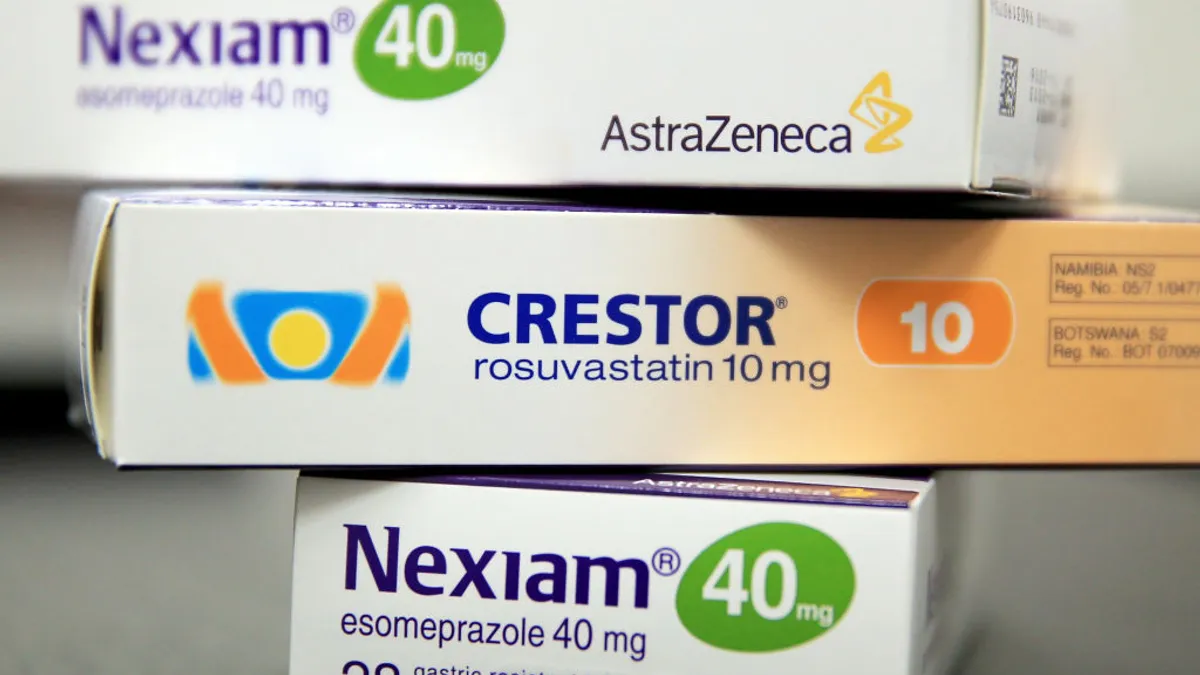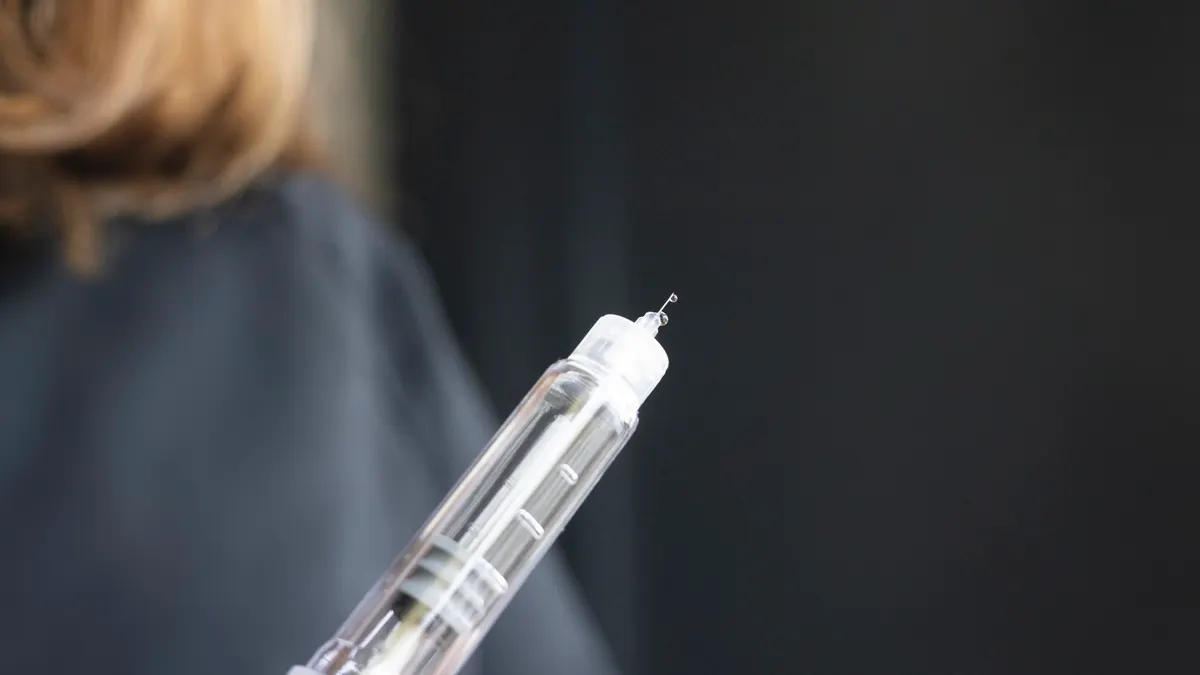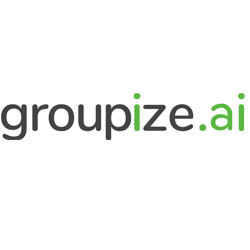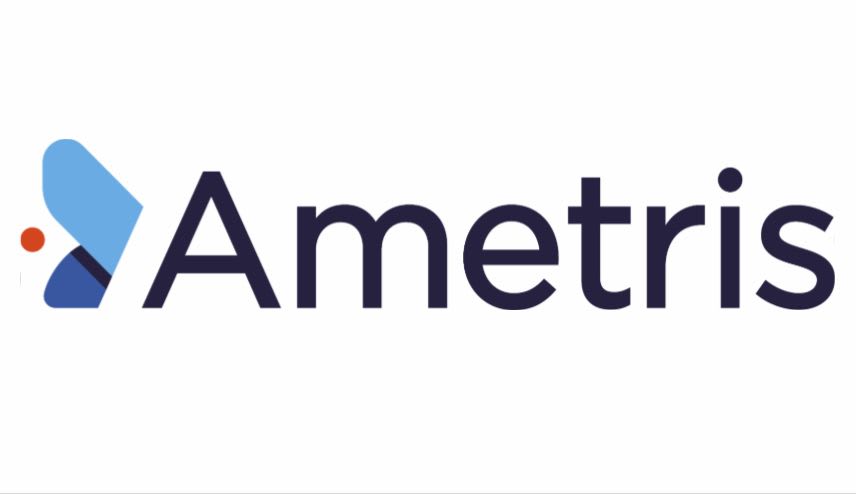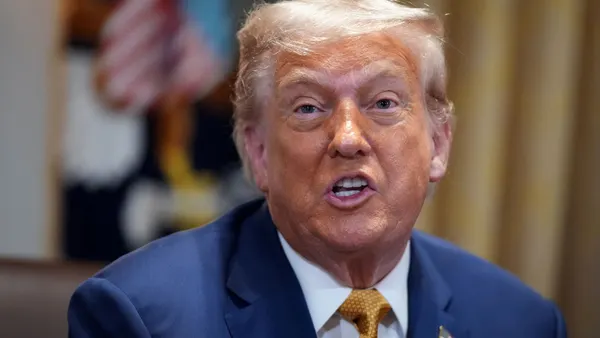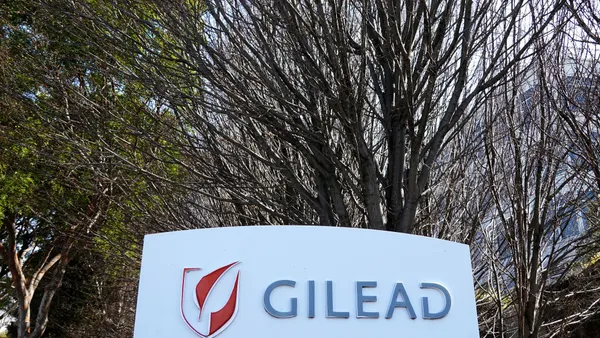Imdelltra. Lumisight. Zevtera.
These new, invented-from-scratch words are now the brand names for three newly FDA-approved drugs, representing a small cell lung cancer treatment, an optical imaging agent for cancer detection and an antibiotic, respectively.
A drug’s name not only has to be memorable and evocative in some way, but also must adhere to strict guidelines from the FDA, since it will be approved along with the drug label.
“There's a lot of legal and viability aspects in naming that need to be considered, and those take months and months,” said Jonathan Finer, director of strategy at Conran Design Group, a brand and design consultancy that he said counts major pharma companies like Johnson & Johnson, Sanofi, Pfizer, Novartis and Merck & Co. as clients. “In many ways, those are the more arduous, rigorous aspects of the naming process.”
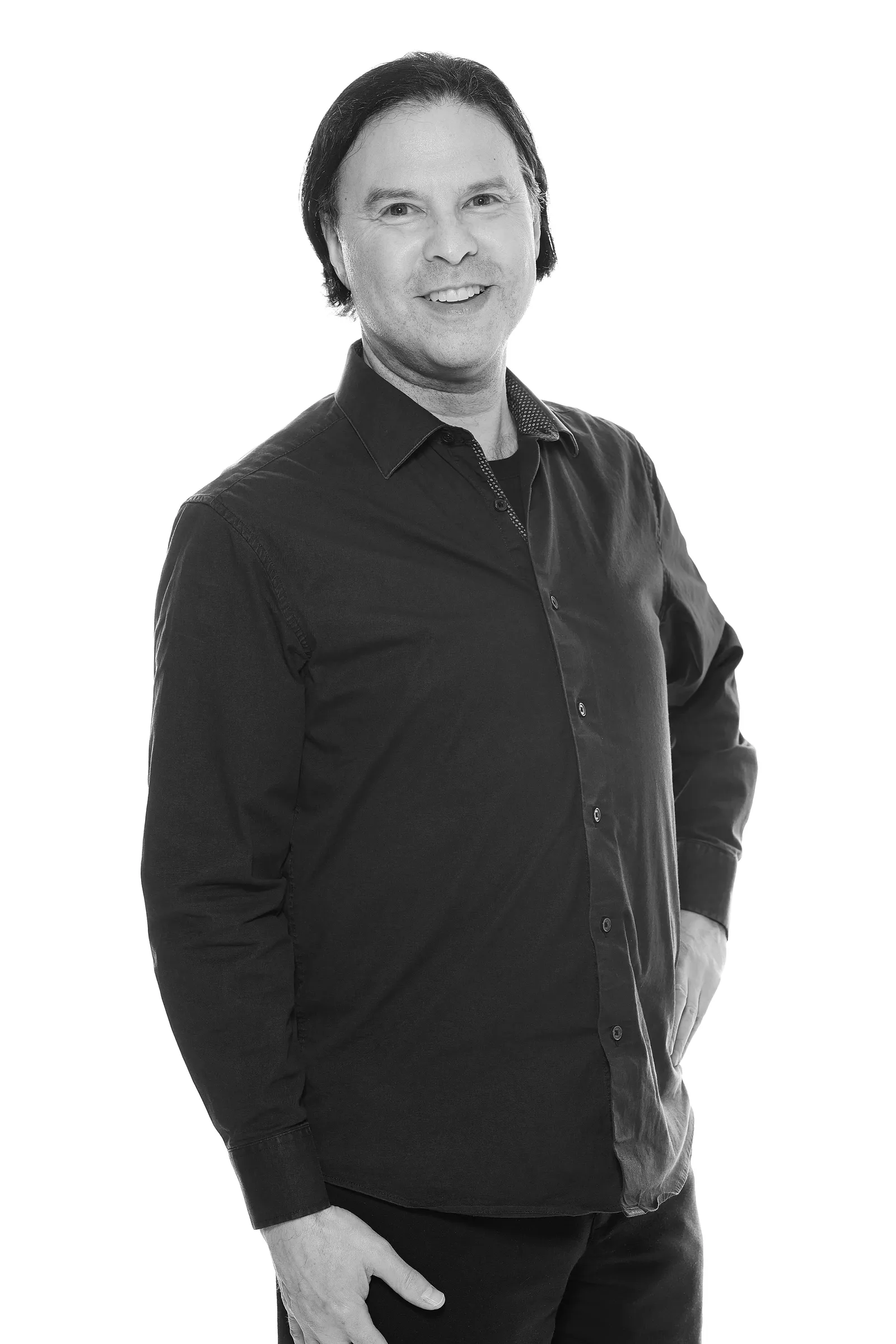
Today, the R&D and commercialization process moves faster than ever, and the branded drug space has never been more crowded, with thousands of new drugs in development. That’s why Finer said companies should start the naming process “as early as possible” to ensure the name works from a regulatory, patent, trademark, language, URL availability and branding perspective.
“Think about it really early in the commercialization process,” he said. “A name is a really exciting thing. It's the shortest story that we can tell about a brand. It’s the way in which we identify the brand.”
Here are three key considerations for the drug naming process.
Passing the regulatory hurdle
Before getting creative with a brand name, drug developers and branding experts must first ensure it fits within the FDA’s regulatory framework. For instance, it needs to be proprietary and newly coined, but it also can’t be too similar to any other existing brand names in spelling or pronunciation.
The main reason? The possibility of errors between drugs with similar names.
“The No. 1 legal parameter in naming is that there can never be any confusion, either in the patient's medicine cabinet or for the pharmacist at a large healthcare system,” Finer said. “From a legal perspective, it's creating a differentiation.”
The FDA’s newest guidance for drug naming, released in December 2020, lists other considerations, too, such as pronounceability; avoiding certain references to the drug’s ingredients and or how the drug is manufactured or administered; and steering clear of names that are too similar to brands in other countries.
In fact, Finer said he always conducts a preliminary trademark screening of possible names due to the rigor of that aspect of the naming process.
“We will never show name candidates to a client before they have gone through preliminary legal screening,” he said. “It's extremely likely that candidates in the creative development phase will not be viable.”
Considering language and letters
In addition to considering existing brand names, pharma companies also need to think about other languages and cultural connotations in other countries, as well as current pharma naming conventions when naming new drugs.
The name not only needs to be “meaningful and attractive to the ear of an English speaker,” but also for speakers of other languages, too, from Romance to Slavic to Asian languages, Finer said. It also can’t translate to anything offensive or counterproductive.
In addition, there are pharma naming conventions that have evolved over the years and have become recognizable to and expected by consumers. In other words, they sound like a drug name.
“They feel like they have a similar construction: two to three syllables, often eliminating vowels, not having too many consonants in a row, truncating words and using alternative spellings and letters: the Y’s instead of I’s, the X’s instead of S's,” Finer said. “Those are the sorts of devices that have created a little bit of a convention in pharm naming.”
On the other hand, “bad” names might have too many consecutive consonants, making them confusing or hard to pronounce.
“Names like Evrysdi, Reyvow and Xywav reflect how innovative letter-strings and unique sounds are becoming the new standard,” Finer said. “Our challenge as namers will be balancing the need for names to both fit with this convention, and, as necessary, be disruptive.”
Evoking a feeling or idea
Although it sounds like drug naming is all about constraints, there are ways to get creative within those constraints.
“It takes us back to the most elemental part of those words, and that's the letter strings. It's how certain characters look together and sound together to form meaningful ideas — letter strings that allude to stories,” Finer said. “They allude to subject matters or some of the feelings … that we might have associated with the drug.”
A good example of this is the insomnia drug Lunesta, Finer said.
“A pharma name I really appreciate is Lunesta because it beautifully captures the essence of its function. The name evokes a sense of tranquility and restfulness, with 'Luna' referencing the moon, a universal symbol of sleep,” he said. “It's simple yet evocative, making it memorable and aligning perfectly with the product’s purpose of aiding sleep.”
The recently approved drug Lumisight seems to do this, too. It’s an IV-administered, fluorescent imaging drug that detects cancerous tissue after a lumpectomy, and its name alludes to both the fluorescence (lumi) and the way it helps with cancer detection (sight).
Finer also points to the name Skyrizi, the plaque psoriasis, psoriatic arthritis and Crohn’s disease treatment from AbbVie. It embeds the real word “sky” into the coined word to convey a feeling of lightness and clarity. That feeling is extended into other branding elements, too, such as the website, which shows an airplane soaring through a clear blue sky dotted with wispy white clouds.
The power of a name
Although it’s nearly impossible to quantify whether a name meaningfully impacts drug sales, it’s still important to come up with one that’s memorable, evocative and meaningful while still fitting within the FDA’s framework.
That’s because a name “is a very powerful thing in drawing connections,” Finer said.
“Once a drug has a commercial name, it really brings it to life in a distinctive way. It makes it more real and relatable, and that is the basis of building a connection, and branding is all about connection and relationship. This is that first, critical point.”


